Polymers are built through polymerization. Monomers are chemically bonded together to form long chains or networks.
As a child, I was fascinated by building blocks. The way they fit together to create something new and exciting always amazed me.
Now, as an expert in the construction industry, I find myself just as captivated by the building blocks of polymers.
Polymers are essential components of many materials we use daily, from plastics to rubber to adhesives. But have you ever wondered how these versatile materials are built? In this article, we’ll explore the world of polymers and their fascinating structure and properties.
So grab your hard hat and let’s get started!
Introduction to Polymers
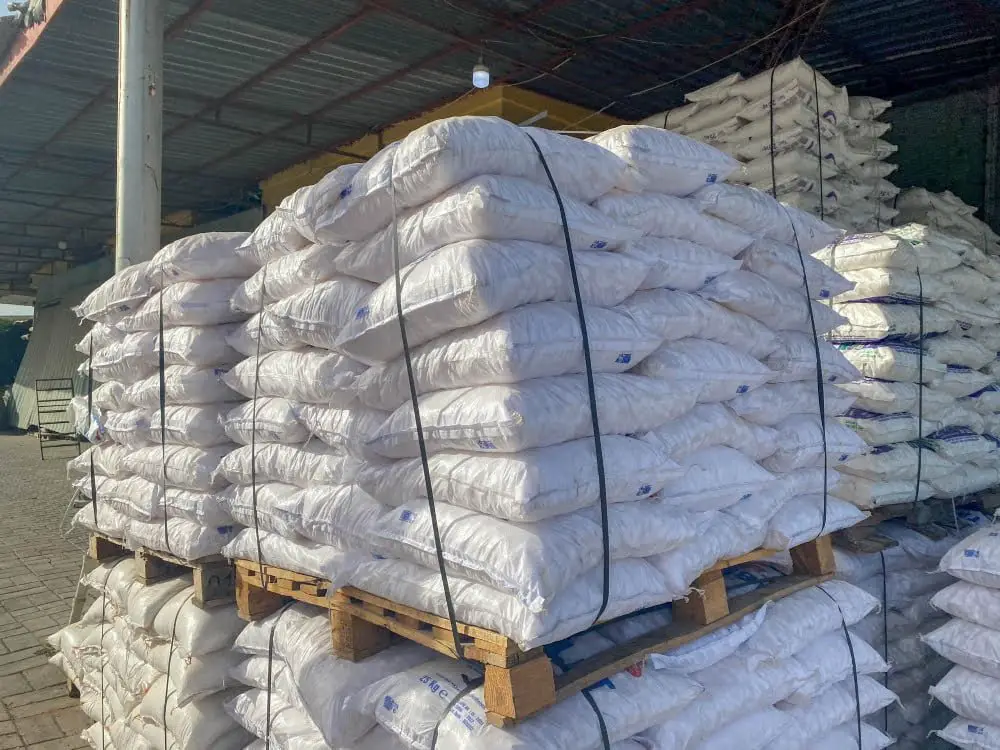
Polymers are long chains of repeating units called monomers. These chains can be linear or branched, and their properties depend on the type of monomer used and how they are arranged.
Just like building blocks, polymers start with small pieces that fit together to create something larger. Imagine you have a box full of Legos – each individual Lego is like a monomer, while the completed structure is like a polymer.
But instead of snapping together physically like Legos do, polymers form through chemical reactions between the monomers. This process is called polymerization and involves linking many identical or similar molecules (monomers) into long chains.
There are two main types of polymerization: addition and condensation. In addition polymerization, new bonds form between reactive sites on each molecule without any byproducts being produced in the reaction mixture; whereas in condensation polymerization water or another small molecule gets released as byproduct during chain formation.
Now let’s take a closer look at these processes to understand how they work!
Polymer Building Blocks: Monomers
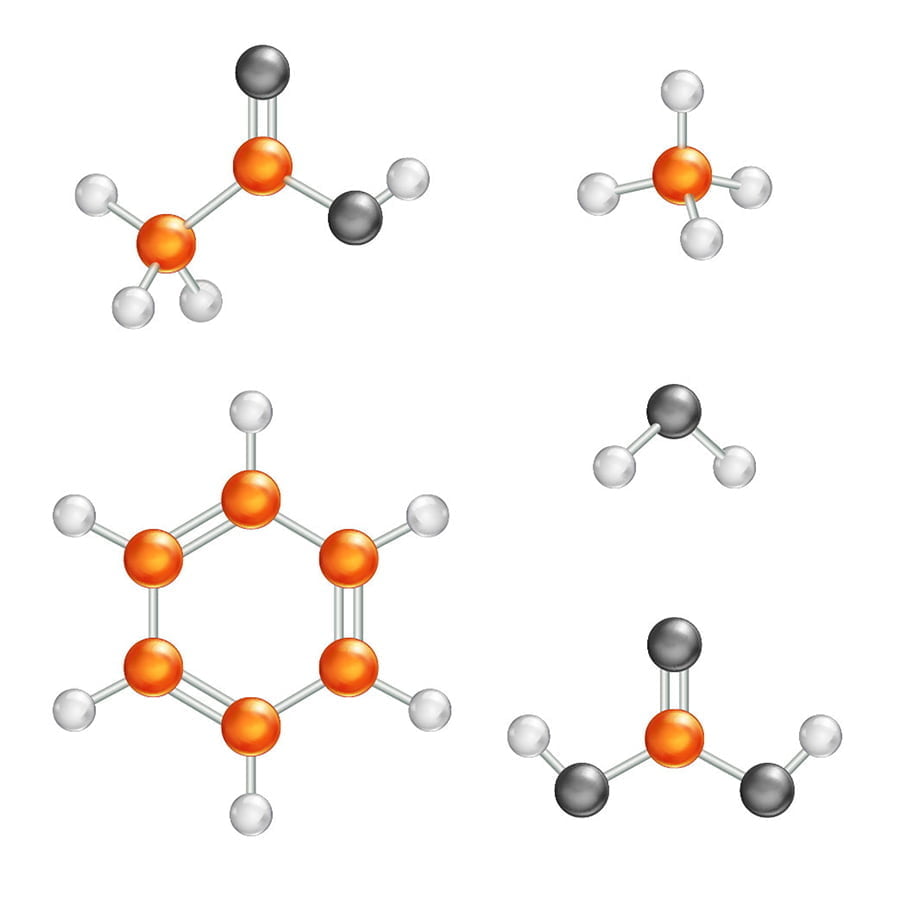
Just like building blocks, polymers are made up of smaller units called monomers. These monomers are the basic building blocks that combine to form long chains or networks, creating a polymer.
Think of it this way: if each monomer is a single Lego block, then the polymer is like a giant Lego structure made up of thousands or even millions of these individual pieces.
But not all monomers are created equal. Different types have different properties and can be combined in various ways to create polymers with unique characteristics suited for specific applications.
For example, ethylene is one type of common monomer used in the production of polyethylene plastic. On its own, ethylene gas has no practical use; however when it’s chemically bonded together with other ethylene molecules through a process called polymerization – voila! You get polyethylene plastic!
Understanding how these small building blocks come together to form complex materials opens up endless possibilities for innovation and discovery within the construction industry.
Polymerization Process Explained
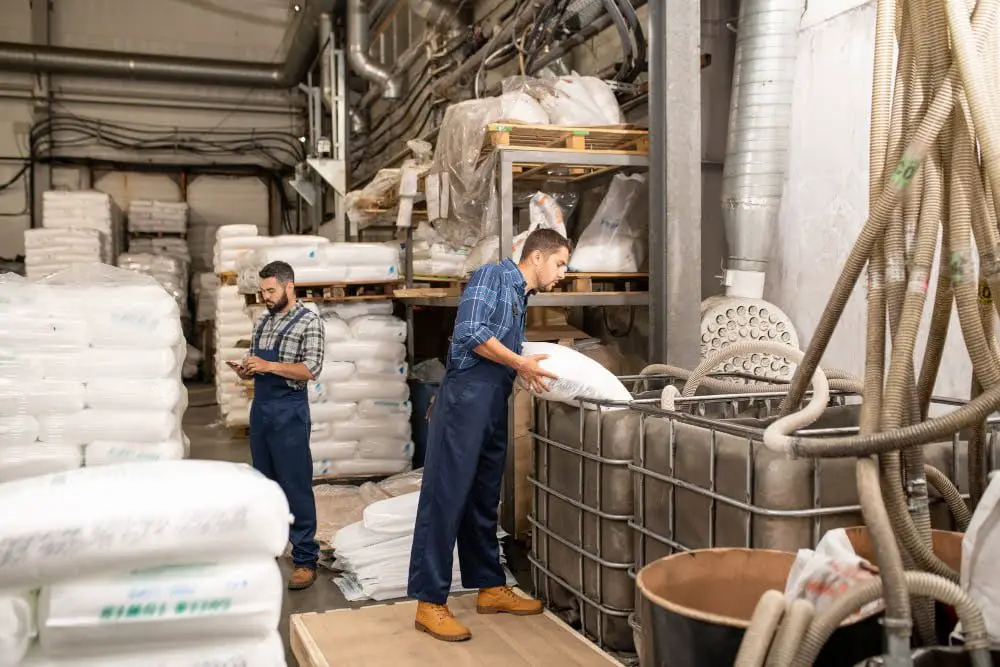
Just like building blocks, polymers are made up of smaller units called monomers. These monomers can be chemically bonded together through a process called polymerization to form long chains or networks.
Polymerization can occur in two ways: addition and condensation. In the addition process, unsaturated monomers (monomers with double bonds) react with each other to form a single bond between them and create a longer chain.
This reaction is typically initiated by heat or light.
On the other hand, condensation polymerization involves two different types of reactive groups on separate molecules that combine to release small molecules such as water or alcohol as byproducts during the reaction. The remaining functional groups then link together forming larger chains.
The resulting structure of these polymers depends on various factors such as temperature, pressure and catalysts used during their formation which ultimately determine their physical properties including strength, flexibility and durability among others.
Understanding how polymers are built is crucial for designing new materials that meet specific requirements for various applications ranging from construction materials to medical devices.
Types of Polymerization Reactions
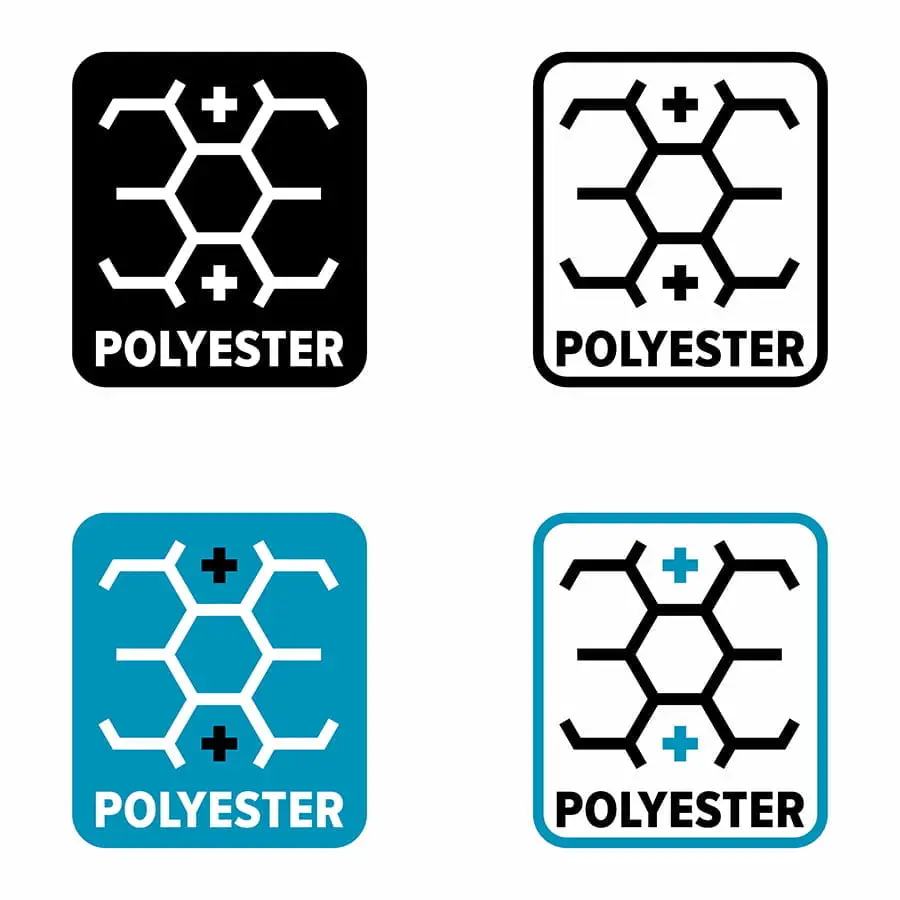
Just like building blocks, polymers can be constructed in different ways. The process of creating a polymer is called polymerization, and there are two main types of reactions that can occur: addition and condensation.
In an addition reaction, monomers (the individual building blocks) are added together to form a chain. This type of reaction typically requires the use of a catalyst or initiator to kickstart the process.
Addition polymerization is commonly used for materials such as polyethylene and polystyrene.
On the other hand, condensation reactions involve two different types of monomers reacting with each other while also releasing small molecules such as water or alcohol. This results in the formation of longer chains known as copolymers.
Examples include nylon and polyester.
Understanding these different types of reactions is crucial for designing new polymers with specific properties tailored to their intended applications – just like how choosing certain building block shapes can result in unique structures!
Common Synthetic Polymers in Construction
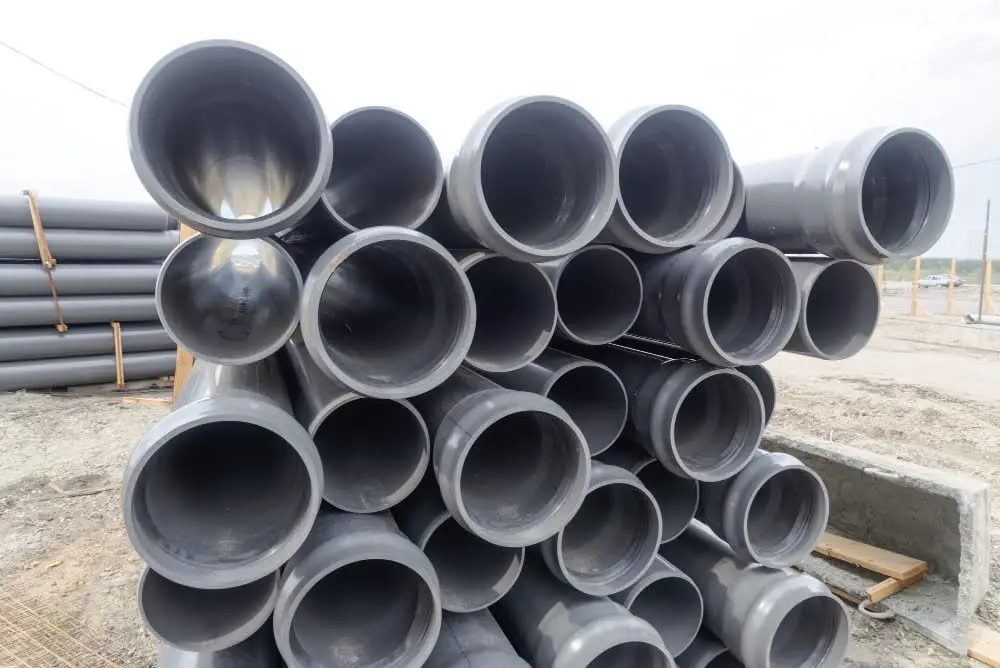
In the construction industry, polymers are used in a variety of applications. From sealants to coatings to insulation, these materials play an essential role in modern building design and construction.
One common synthetic polymer used in construction is polyvinyl chloride (PVC). PVC is a thermoplastic material that can be easily molded into various shapes and sizes.
It’s commonly used for pipes, electrical cables, roofing membranes, and window frames due to its durability and resistance to weathering.
Another popular synthetic polymer is polystyrene (PS), which has excellent thermal insulation properties. PS foam boards are often used as insulating materials for walls or roofs because they’re lightweight yet provide high levels of heat retention.
Polyethylene (PE) is another widely-used synthetic polymer that’s known for its strength and flexibility. PE pipes are commonly found underground carrying water or gas due to their ability to withstand pressure without cracking or breaking.
These examples only scratch the surface of the many types of polymers utilized within the construction industry today. Understanding how these materials are built allows us as experts within this field not only appreciate their versatility but also utilize them more effectively when designing new structures with longevity at heart!
Natural Vs Synthetic Polymers
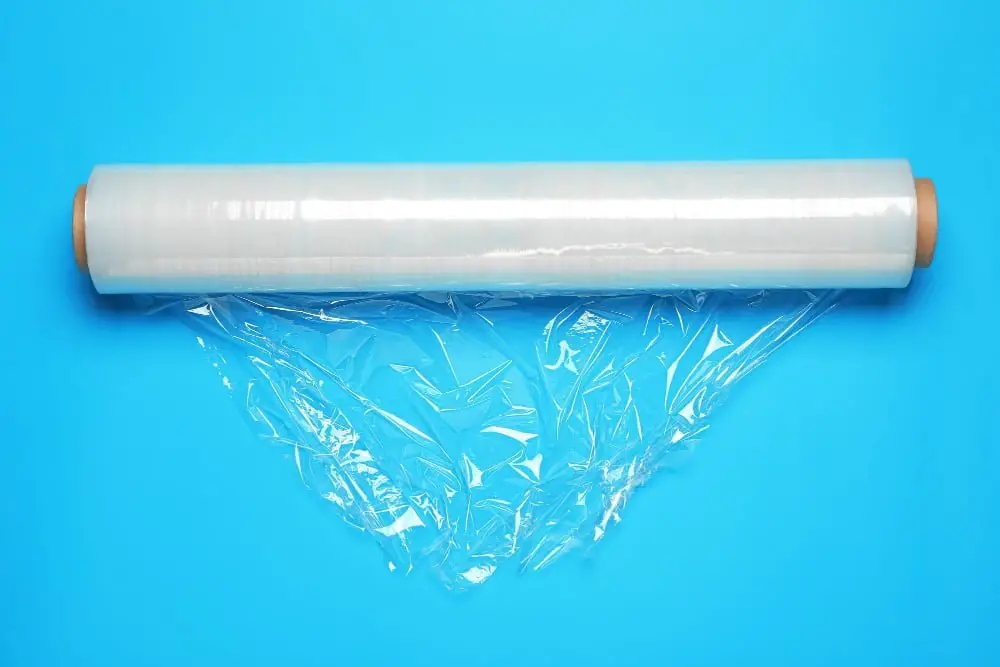
As we explore the world of polymers, it’s important to note that they come in two main categories: natural and synthetic. Natural polymers are found in nature and include materials such as silk, wool, and DNA.
Synthetic polymers are man-made through chemical reactions.
While both types of polymers have their uses, synthetic ones tend to be more versatile due to their ability to be tailored for specific applications. For example, plastics made from synthetic polymers can range from soft and flexible (like those used for food packaging) to hard and durable (like those used for car parts).
But how exactly are these synthetic polymer building blocks created? It all starts with monomers – small molecules that can link together through a process called polymerization.
In the next section of this article, we’ll dive deeper into the fascinating world of monomers and explore how they come together like building blocks to create complex structures known as macromolecules – or what we commonly refer today as “polymers”.
Properties and Applications of Polymers
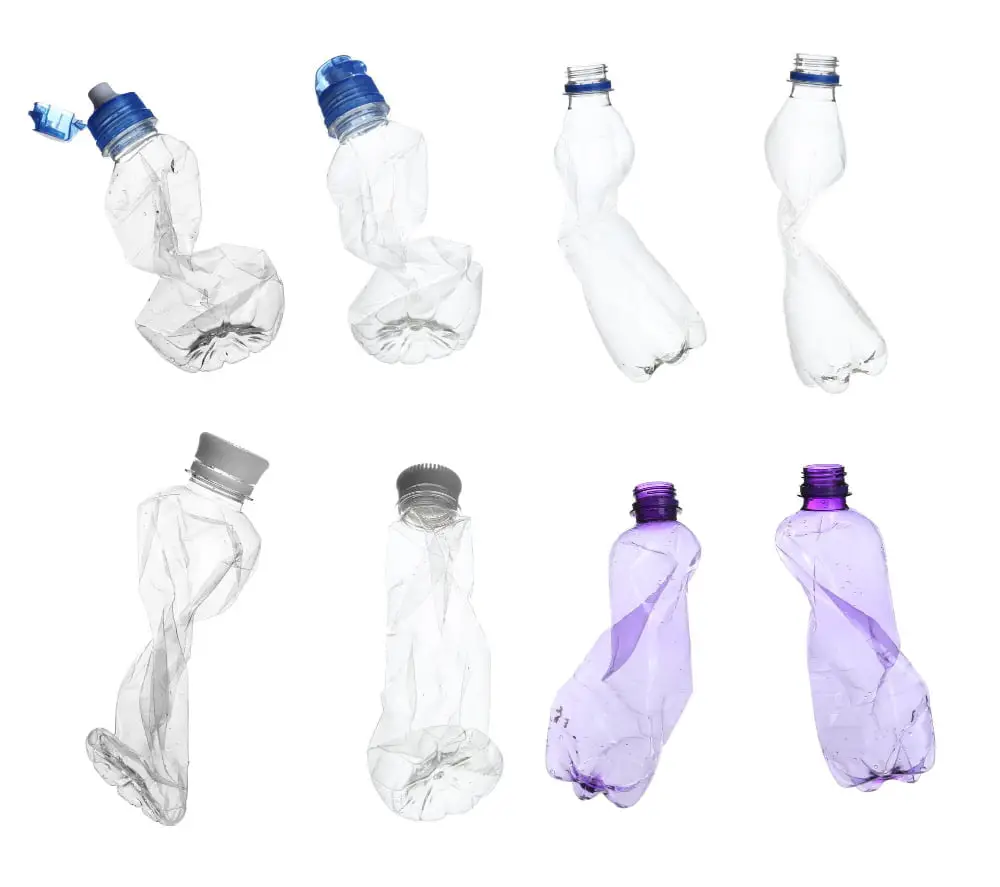
Polymers are fascinating materials with a wide range of properties and applications. Depending on their structure, they can be hard or soft, flexible or rigid, transparent or opaque.
They can also have unique electrical and thermal properties that make them useful in a variety of industries.
For example, polyethylene is a common polymer used to make plastic bags and bottles due to its low cost and flexibility. On the other hand, polycarbonate is used for making eyeglasses because it’s strong yet lightweight.
But polymers aren’t just limited to consumer products; they’re also essential components in many industrial processes such as adhesives production and construction materials manufacturing.
Understanding the properties of different polymers allows us to choose the right material for each application based on factors like durability requirements, environmental impact considerations as well as cost-effectiveness.
Now that we’ve explored some basic information about polymers let’s dive deeper into how these versatile building blocks are constructed!
Recap




